Water-soluble sea-island fiber is a type of composite fiber characterized by its unique structure. It consists of multiple ultrafine "island" fibers embedded within a surrounding "sea" polymer matrix. The key feature is that the "sea" component is made from a water-soluble polymer, which can be dissolved away after the fiber is created, leaving behind only the ultra-fine "island" fibers. This structure allows for the creation of very fine, soft, and high-performance microfibers that are difficult to produce using traditional spinning methods.
The manufacturing of water-soluble sea-island fiber is a two-stage process that begins with a unique spinning technique and ends with a dissolving step. The sea-island spinning technique is a type of bicomponent spinning where two different polymers are co-extruded through a single spinneret. The spinneret is specifically designed with a central channel for the "island" polymer and an outer concentric channel for the "sea" polymer, ensuring a precise arrangement of the two components.
"Sea" Component: Typically a water-soluble polymer like polyvinyl alcohol (PVA). These polymers are carefully selected for their melting point, viscosity, and thermal stability to ensure they remain stable during the spinning process.
"Island" Component: An insoluble polymer such as polyester (PET) or nylon. These materials provide the final product with high strength and durability.
The two polymers are melted in separate extruders, with their temperatures and pressures precisely controlled to meet their specific requirements.
This is the critical step in making Water-Soluble Sea-Island Fiber. The molten “sea” and “island” polymers are co-extruded through a specially designed spinneret with multiple pores.
The intricate design of the spinneret ensures that the “sea” polymer uniformly encases the multiple “island” polymers, creating the distinctive “sea-island” cross-sectional structure.
The extruded fiber filaments are rapidly cooled in air, allowing the polymers to solidify and retain their “sea-island” structure. The cooling rate is strictly controlled to prevent structural deformation or breakage.
This is the decisive step that transforms Water-Soluble Sea-Island Fiber into ultra-fine fibers. The solidified fiber is woven or made into a non-woven fabric, then submerged in a hot water bath at a specific temperature.
In the hot water, the “sea” component dissolves rapidly and is completely washed away, leaving behind only the tightly packed, ultra-fine “island” fibers. The final fibers are then cleaned and dried for use in the end product.
Polymer Compatibility: The rheological properties of the two different polymers (the “sea” and the “island”) must be compatible in their molten state. This includes viscosity and surface tension. Without proper compatibility, it's difficult to form a uniform and stable “sea-island” structure.
Spinneret Design: Manufacturing a high-precision spinneret capable of creating a complex “sea-island” structure is a technical challenge. Its design directly impacts the fineness distribution and quality of the final fiber.
Dissolution Process Control: The temperature, duration, and water quality for dissolving the “sea” part must be precisely controlled to ensure it's completely removed without damaging the physical properties of the “island” fibers.
| Parameter | Traditional Spun Microfiber | Water-Soluble Sea-Island Fiber |
|---|---|---|
| Fiber Fineness | 0.1-1.0 denier | Can be less than 0.01 denier |
| Manufacturing Method | Direct spinning or chemical stripping | Bicomponent co-extrusion and water dissolution |
| Fiber Cross-Section | Relatively simple or irregular | Precisely controllable "sea-island" structure |
| Softness | Soft, but with limitations | Extremely soft, with a superior feel |
| Manufacturing Complexity | Lower | Higher |
| Cost | Lower | Higher |
This comparison highlights that although the manufacturing process for Water-Soluble Sea-Island Fiber is more complex and costly, it offers an unparalleled advantage in achieving extreme fiber fineness and superior product performance.
The key property of water-soluble sea-island fiber is the ability to selectively dissolve the "sea" component, which is typically made of a water-soluble polymer like PVA (Polyvinyl Alcohol). The dissolution rate is influenced by several factors:
After the "sea" component is dissolved, the remaining "island" fibers form the final product. Their mechanical properties are crucial to the final product's performance.
The thermal and chemical properties of the final product are determined by the "island" polymer. For example, if the "island" is polyester, the resulting fabric will have properties similar to regular polyester but with enhanced features due to the microfiber structure.
The biodegradability of the final product depends on the "island" polymer. If the "island" is a biodegradable polymer like PLA (Polylactic Acid) or chitosan, the resulting microfiber fabric can be fully biodegradable.
Water-soluble sea-island fibers have revolutionized the textile industry, especially in creating high-performance microfibers.
The unique properties of water-soluble sea-island fibers make them highly suitable for advanced biomedical applications.
Beyond textiles and biomedical fields, water-soluble sea-island fibers are finding applications in various other sectors.
The future of water-soluble sea-island fibers lies in the exploration of novel polymer pairings to create materials with enhanced or entirely new properties.
To overcome the current cost and scalability challenges, significant research is being directed toward improving manufacturing efficiency.
The unique structure and properties of water-soluble sea-island fibers make them an ideal candidate for integration into the next generation of smart textiles.
The future of this technology is closely tied to its role in the circular economy.
Water-soluble island-in-the-sea fiber is a composite fiber that contains multiple ultrafine "island" fibers within a single, continuous "sea" polymer matrix. The "sea" component is made from a polymer that can be dissolved in water, leaving behind the fine "island" fibers. This unique structure allows for the production of microfibers that are much finer than those made by conventional methods.
The fiber is made using a bicomponent spinning process. Two different polymers—one for the "islands" and one for the water-soluble "sea"—are co-extruded through a specially designed spinneret. After the composite fiber is formed into a fabric, it is treated in a hot water bath, which dissolves the "sea" polymer and separates the ultrafine "island" fibers.
The most unique feature is its ability to produce ultra-fine filaments after a post-processing step. While conventional microfibers are typically produced in sizes of 0.5 to 1.0 denier, the "island" filaments in this fiber can be as fine as 0.1 denier or even smaller, resulting in a fabric with superior softness, drape, and moisture-wicking properties.
The main applications are in the textile industry for high-end microfiber fabrics (e.g., for cleaning cloths, sportswear, and fashion), biomedical engineering (e.g., drug delivery, tissue engineering scaffolds, and wound dressings), and other industries like filtration and cosmetics.
The key advantages include exceptional softness and drape, superior moisture absorption and breathability, and customizable properties based on polymer selection. Furthermore, the use of biodegradable "island" polymers and the potential to recycle the "sea" polymer can make the manufacturing process more environmentally friendly.
The "sea" portion is typically dissolved in a hot water bath, usually at temperatures above 60°C, but the specific temperature depends on the type of water-soluble polymer used (e.g., PVA). Agitation is also required to facilitate the removal of the dissolved polymer and speed up the process.
The primary difference lies in the fineness and production method.
| Feature | Ordinary Microfiber | Water-Soluble Sea-Island Fiber |
|---|---|---|
| Production Method | Single spinning process | Bicomponent spinning + Dissolving |
| Typical Fineness | 0.5 - 1.0 denier | < 0.5 denier |
| Resulting Fabric | Soft, but not as soft | Exceptionally soft, with superior drape |
The main environmental advantage is the potential for biodegradability when a biodegradable polymer like PLA is used for the "islands". Additionally, the water-soluble "sea" component can be recovered and recycled from the process water, reducing manufacturing waste and environmental pollution.
After the dissolution process, the remaining "island" portion is a bundle of extremely fine filaments made of the original insoluble polymer, most commonly polyester or nylon. Other materials like PLA or chitosan can also be used, depending on the desired application.
Yes, the manufacturing process is more complex and costly than that of conventional fibers. It requires specialized bicomponent spinning equipment and an additional wet treatment step to dissolve the "sea" component, which adds to the overall production time and expense.
No, the dissolution process is designed to be selective and does not affect the chemical or physical properties of the "island" filaments. The "island" polymer is chosen to be insoluble in the solvent used to dissolve the "sea" polymer, ensuring that its integrity and performance remain intact.
Common products include high-performance cleaning cloths, specialized athletic wear, synthetic leather, and luxurious suede-like fabrics. It is also used in high-tech filters for both air and water purification.
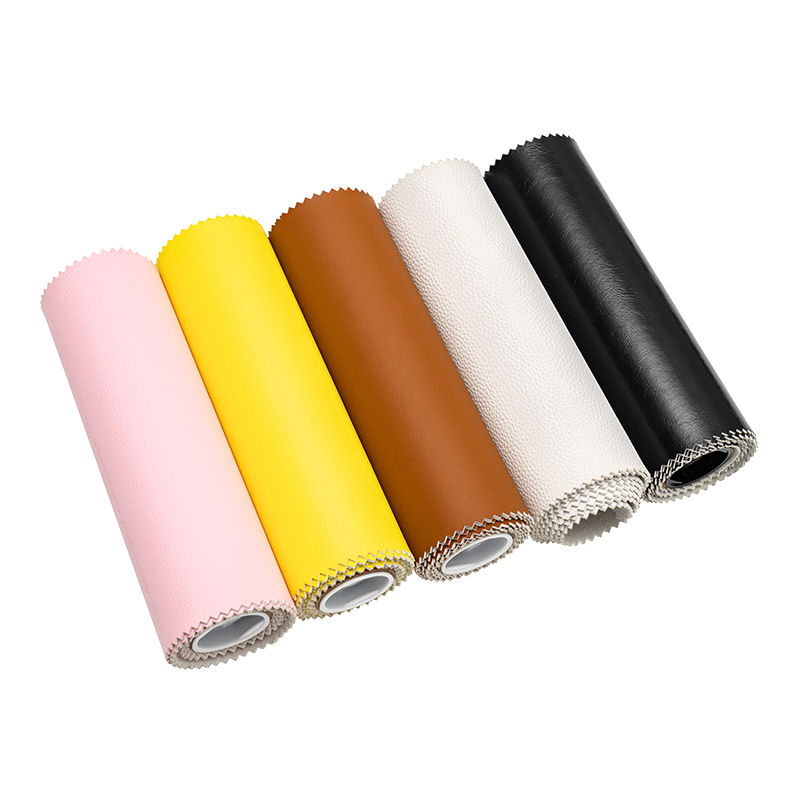
Introduction to Water-Soluble Sea-Island Fiber What is Water-Soluble Sea-Island Fiber? Water-soluble sea-islan...
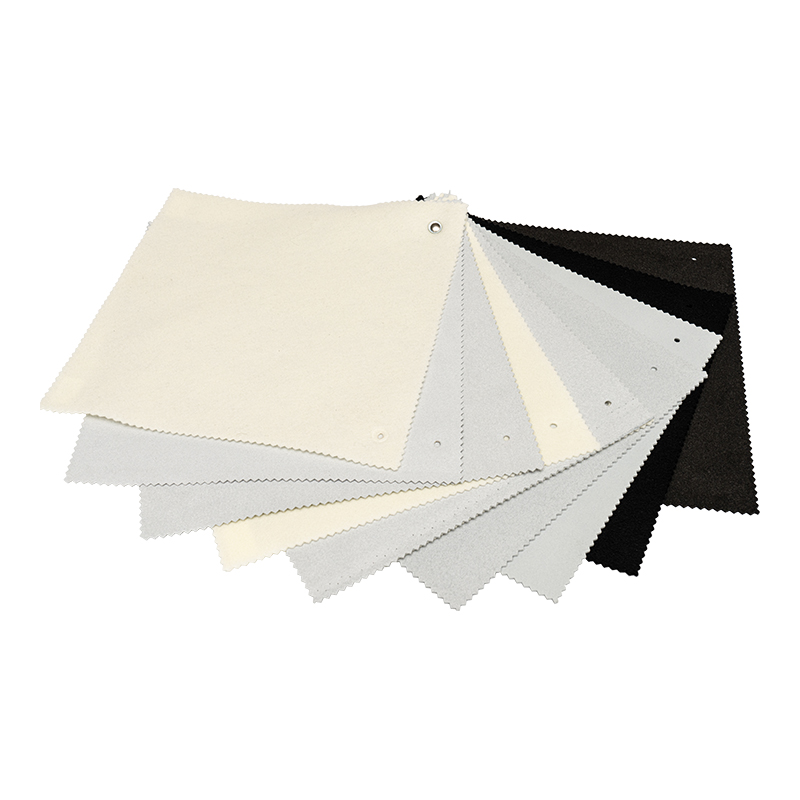
What is Water-Soluble Island-in-the-Sea Fiber? Water-Soluble Sea-Island Fiber is a breakthrough material in th...
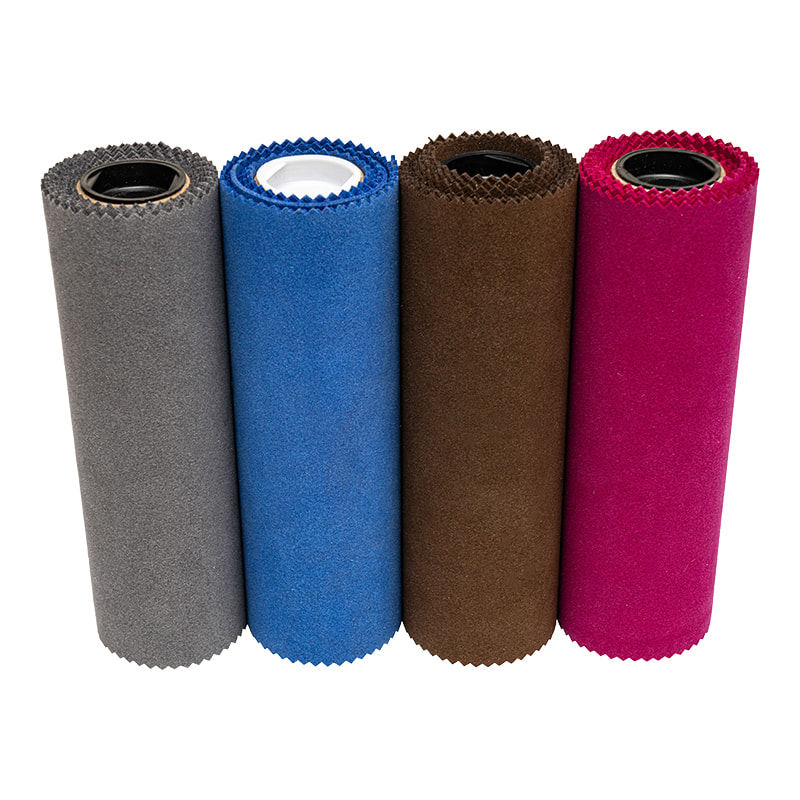
Introduction of Water-Based Microfiber Fabric What is Microfiber Fabric? Microfiber fabric is a type of textil...
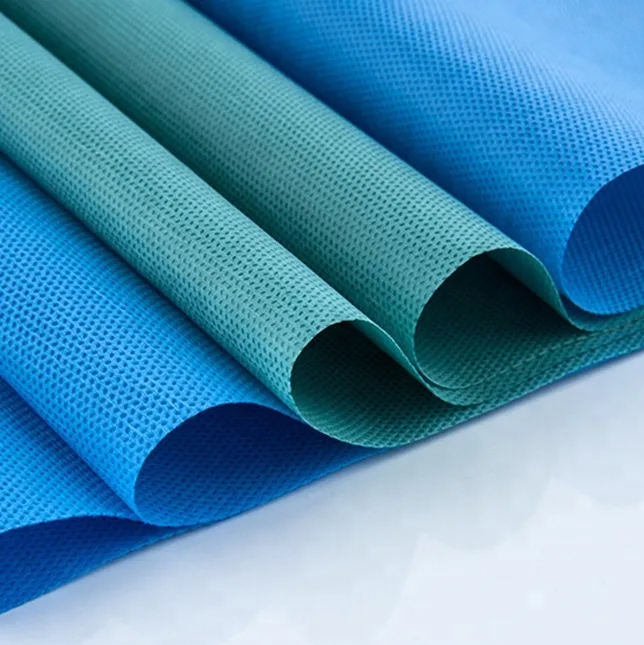
Introduction Water-soluble sea-island fiber nonwoven fabric is a groundbreaking innovation in the textile indu...
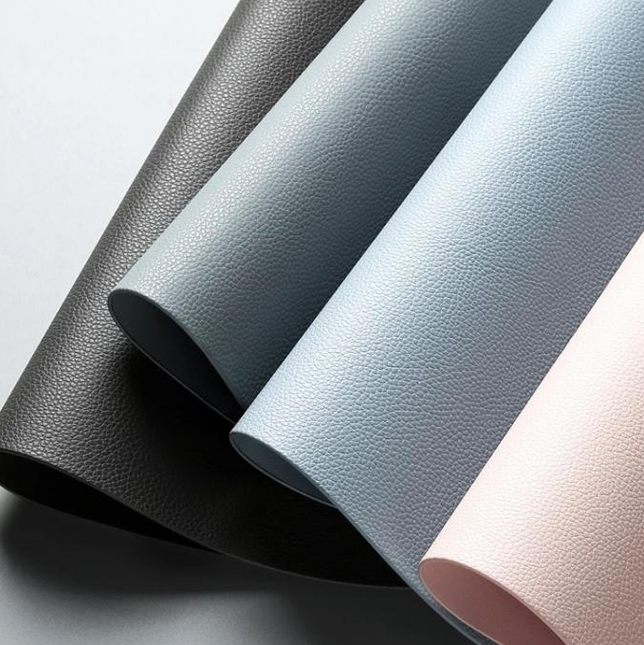
What is Water-Soluble Sea-Island Fiber? Definition and Basic Structure Water-soluble sea-island fiber is a spe...
Address : 30 Kexing Road, xiaocao'e Town, Yuyao City.Ningbo City,Zhejiang Province
Fax : 0086-0574-6226 5558
Tel: 0086-0574-6226 5558
Email: [email protected]
Ningbo Hengqide Chemical Fiber Technology Co., Ltd. All Rights Reserved. ALL RESERVED.
 Custom Bio-Based Water-Soluble Polyester Fiber Manufacturers
Custom Bio-Based Water-Soluble Polyester Fiber Manufacturers

 英语
英语 中文简体
中文简体